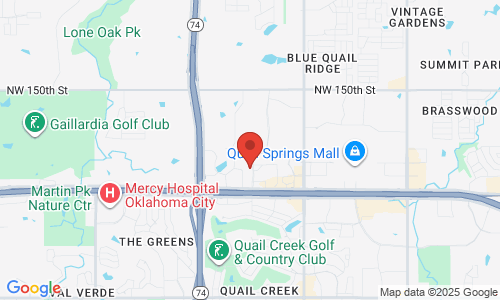Spinal Cord Injuries from Slip and Fall Accidents
 Behind auto accidents, slips, trips, and falls are the second leading cause of spinal cord injuries each year. An estimated 15 percent of all spinal cord injuries are the result of slips, trips, or falls. For people who are age 65 or older, slips and falls are the leading cause of spinal cord injuries. This is due to the fragility of the body with advanced age, which is why the elderly must be more careful when getting around.
Behind auto accidents, slips, trips, and falls are the second leading cause of spinal cord injuries each year. An estimated 15 percent of all spinal cord injuries are the result of slips, trips, or falls. For people who are age 65 or older, slips and falls are the leading cause of spinal cord injuries. This is due to the fragility of the body with advanced age, which is why the elderly must be more careful when getting around.
For those who’ve experienced a severe back injury in the Oklahoma City, OK area, a spinal cord injury attorney from Tawwater Law Firm, PLLC can help. Let’s note different kinds of back and spinal cord injuries that may result from a slip, trip, or fall.
Damage to the Vertebrae
Sometimes in addition to spinal cord injuries, accident victims will experience fractures of the vertebrae. These are the bones of the spinal column. Damage to these bones can result in pain and many other issues with mobility, control of limbs, and general wellness.
Ruptured Discs
Between each vertebrae is a spongy cushion known as a vertebral disc. These vertebral discs help with bending and motion of the spine. Injuries to the back and spine can cause these discs to move out of place, which is referred to as a ruptured disc. These injuries can be painful, making it difficult to move and get around.
Compression of the Spinal Cord
Sometimes after a slip or fall accident, a person's spinal cord may be compressed. This could be due to a bone fracture, a herniated disc, or other kinds of issues that involve pressure placed directly onto the spinal cord. These kinds of injuries can make it painful to move the body or walk about. Spinal cord compression can also lead to difficulties moving the limbs, reduced strength in the limbs, and even the loss of bowel or bladder control.
Partial and Total Paralysis
Paralysis is the most serious kind of spinal cord injury that may be sustained. This occurs when the spinal cord itself is irreparably damaged. When the damage occurs in the lower back, the condition is known as paraplegia. This means a person loses the use of his or her lower extremities. When this damage occurs high up along the spine around the neck, this is known a quadriplegia; the injury results in the total loss of the use of all limbs.
Proving Fault in an Accident
In slip and fall cases, proving fault tends to involve demonstrating that the property where the accident occurred was unsafe. In such cases, the property owner may have been negligent in the proper upkeep of the property. For instance, a slip and fall accident may have occurred in a stairwell due to broken steps or the lack of a banister. Similarly, a fall from the ledge of a structure could have been the result of a lack of guardrails or warnings about the drop.
Your personal injury/premises liability attorney can note the circumstances of your case and determine if the property owner was in fact negligent.
Contact Our Team of Attorneys
For more information about your legal rights and options following a catastrophic injury, be sure to contact our team of catastrophic injury lawyers today. The attorneys at Tawwater Law Firm, PLLC are here to offer expert counsel during your time of legal need.



